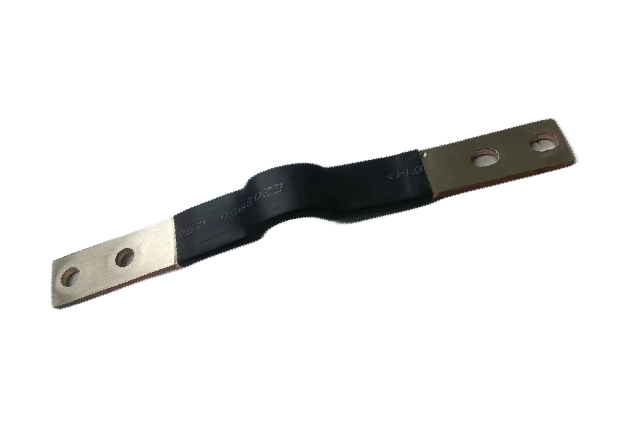
Xian HeGuangdong Xianhe Technology Group Co., Ltd
-
Hot search:SEMI package cleaning machine

Xian HeGuangdong Xianhe Technology Group Co., Ltd
A busbar is a conductive strip or bar, typically made of copper, brass, or aluminum, used to distribute electrical power in a variety of systems, including power distribution panels, substations, switchgear, and electrical circuits. Busbars are designed to carry large currents and serve as a centralized hub where multiple electrical connections can be made efficiently.


1. Current Carrying Capacity (Ampacity)
Factors Influencing:
- Material (Copper or Aluminum)
- Cross-sectional area
Typical Values:
- Copper: ~1,000 A for a 10 mm² cross-section
- Aluminum: ~640 A for a 10 mm² cross-section
2. Voltage Rating
Insulation: Higher voltage ratings require adequate insulation and creepage distance.
Common Values: Can range from low-voltage systems (up to 1 kV) to medium- (1 kV–36 kV) and high-voltage applications (36 kV+).
3. Resistance
Typical Resistance Values: Very low, e.g., for copper, ~0.0175 µΩ·m at 20°C.


SweepWechat

SweepPersonal wechat